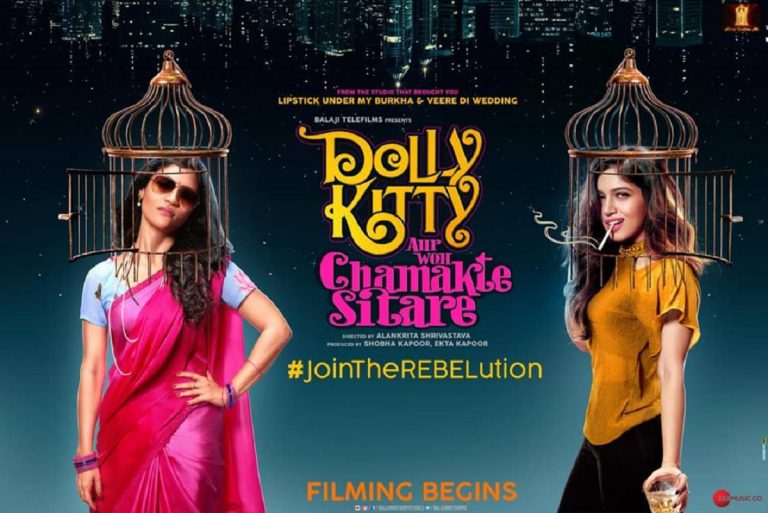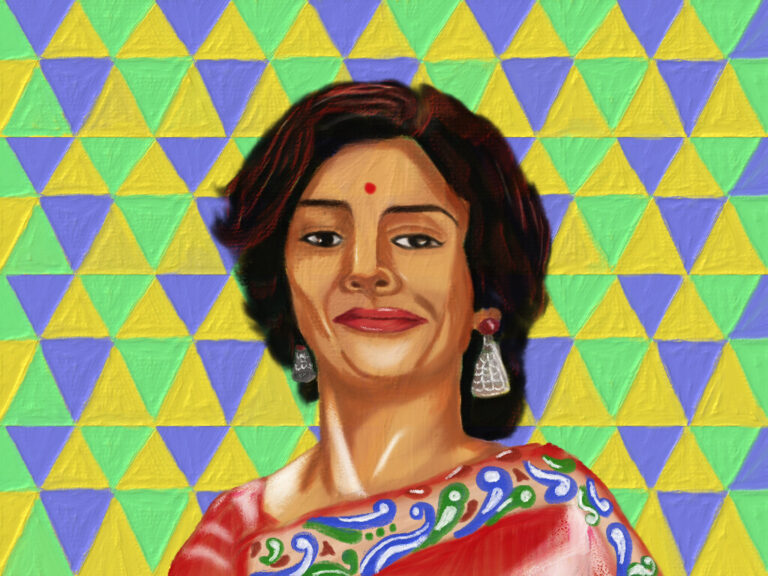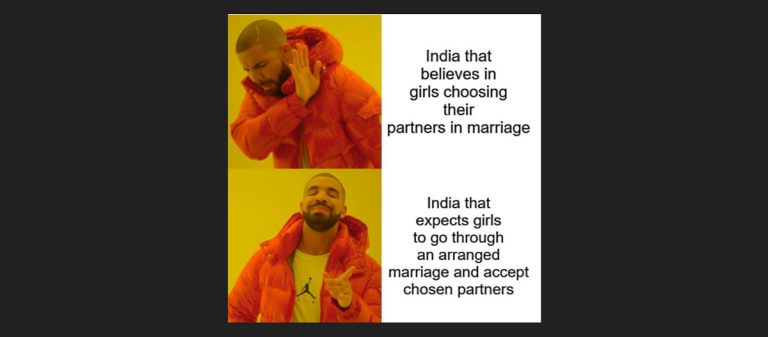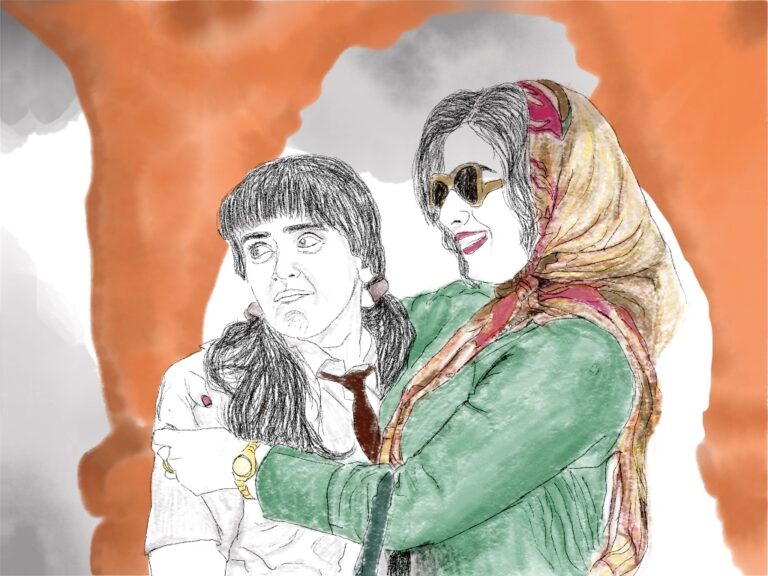Revisiting Sunshine: How my reception of this movie changed
Can the science this mortal being has developed help us beat or save the God that created us? And if it does, does that not make us God ourselves?
This sub-category contains film analyses of various movies and series.

Can the science this mortal being has developed help us beat or save the God that created us? And if it does, does that not make us God ourselves?

The “sitare” in the film are the far-off (un)fulfilled dreams and desires that the characters embark on voyaging through.

Vidya Balan creates a character who makes you smile as soon as you see her; I would have happily watched a whole movie just of Vidya playing Shakuntala joyfully talking math

What the series gets right, in all its twisted glory, is the pressure of being a single woman. Masaba’s desire to live on her own, away from her mother’s coddling, is refreshing to watch.

Don’t watch this movie as you would watch the usual mainstream Hindi film, the one that tells you exactly what to think and why. This is a movie that rewards close watching

Marriage as a social institution is a very important subject that can be used to study the agency of women in society

Bulbbul is the story of a witch, a chudail. For centuries women have been branded as “witches” if they failed to conform to society’s rules.

Comics are often products of the time they are created in, like every other art form like the subtle images of gender inequality and racial discrimination in the Wonder Woman comic series

For a decade, the Indian movie theater has been dying by inches thanks to the twin evils of rising ticket prices, and increasing Internet streaming rights purchase prices

Shakuntala as a movie is a lot of things, but it is hard to determine whether it is feminist or not, for even though it tells the tale of a woman who aspired to have it all, it is also a tale of a dominant, controlling mother who neglected the wants and needs of her stifled, wanting daughter; for a major chunk of her childhood.

Pinjra Tod (Break the cage) is a feminist collective run by female college students all over the country. This collective challenges rules and regulations, which tend to tie down women’s freedom and try to provide a counter-narrative to the age-old brahminical patriarchal rules which fail to give space to women’s rights, religious diversity, class diversity and to those who do not fall under the gender binary.

Aruvi is not a violent film; it is an entertainer. However, the systemic violence in it is not inconspicuous; it is the crux of the plot.